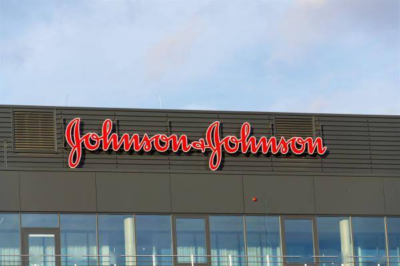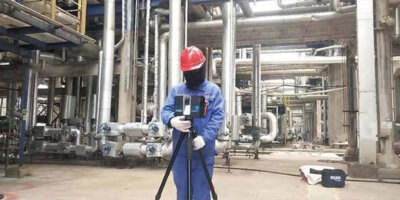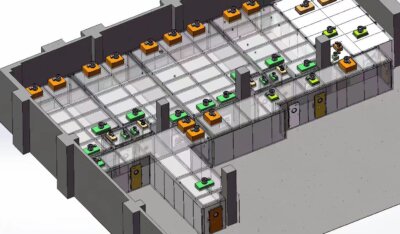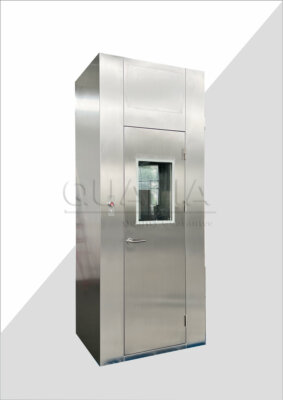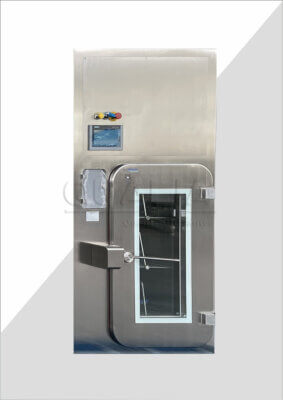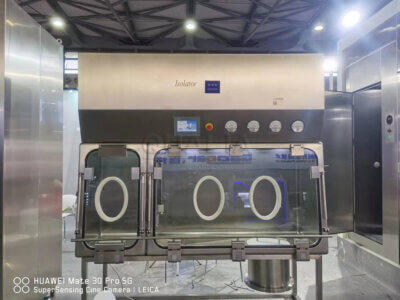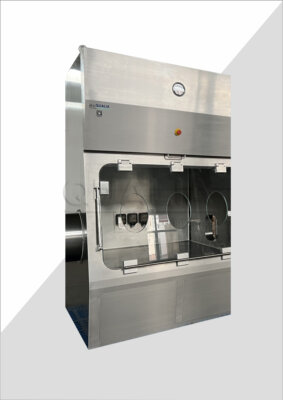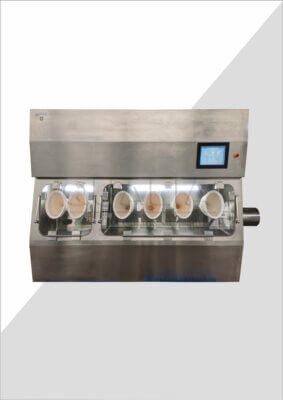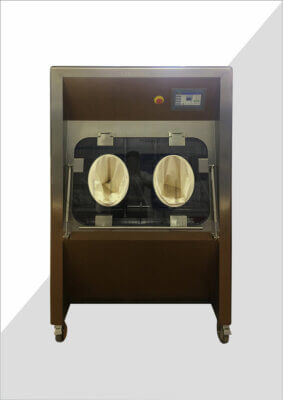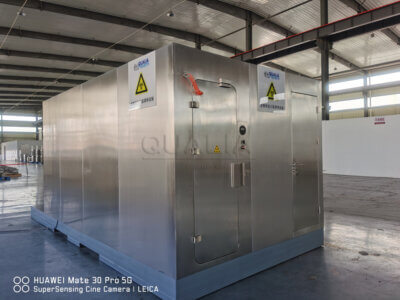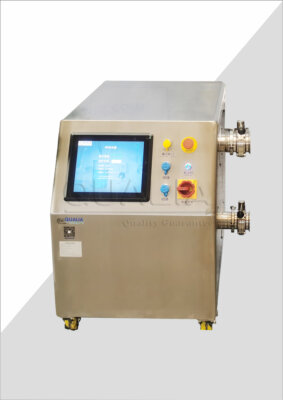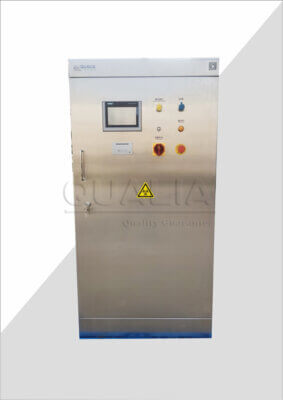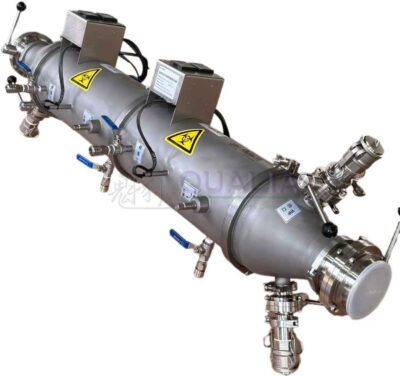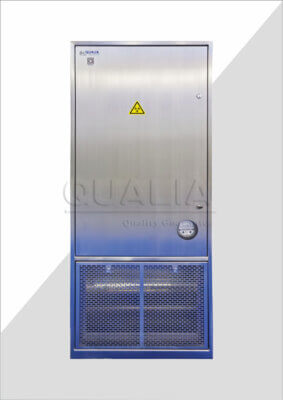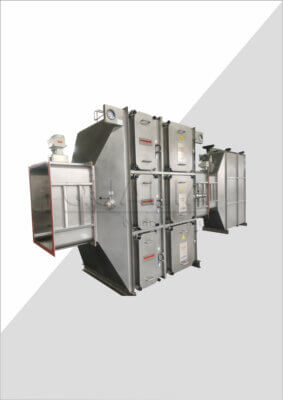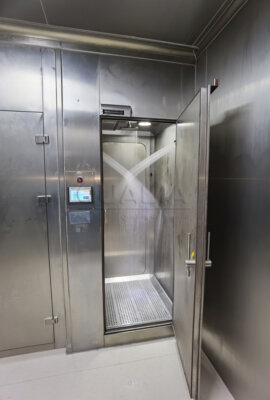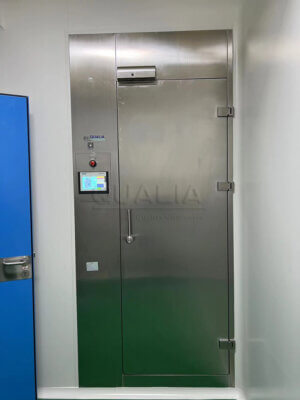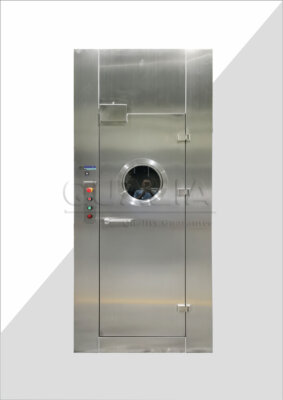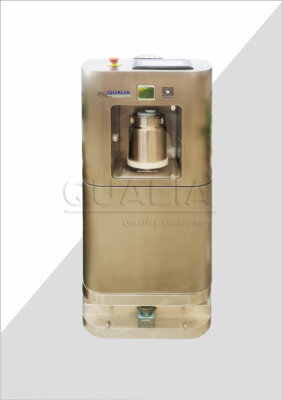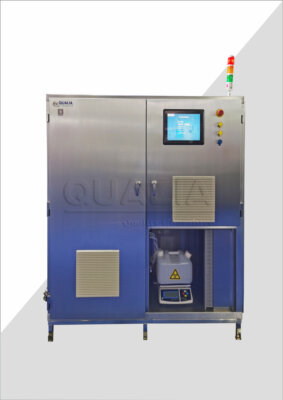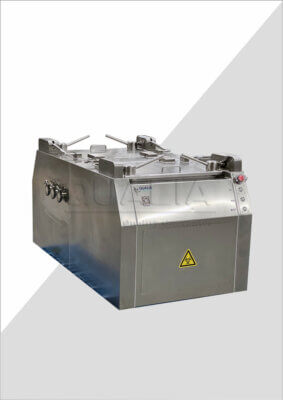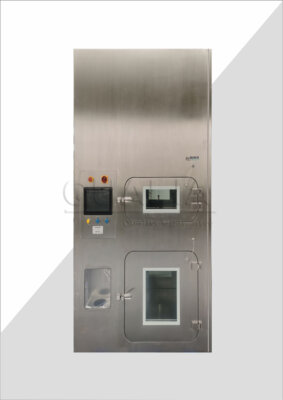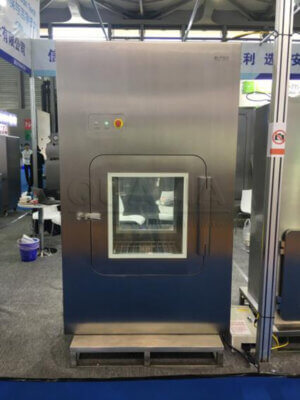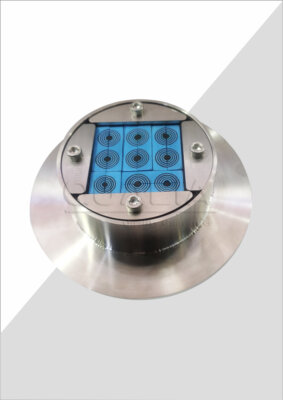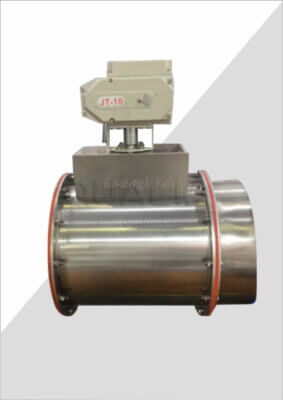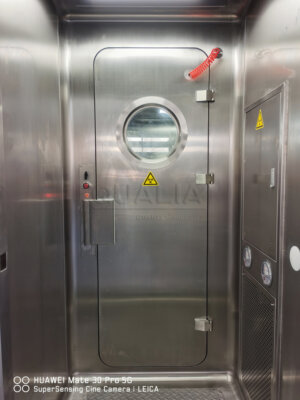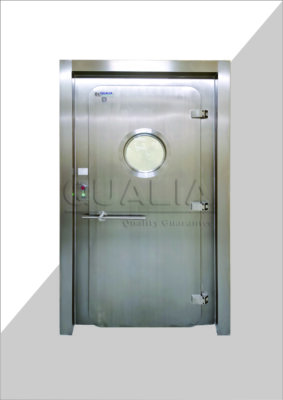In the pristine world of cleanrooms, where even the slightest speck of dust can be a catastrophe, the choice of materials is paramount. For industries like pharmaceuticals, biotechnology, and electronics, maintaining a contamination-free environment is not just a preference, but a necessity. When it comes to plastics, not all are created equal. Here’s a deep dive into the plastics that are cleanroom safe, and why they are the guardians of sterility in these controlled environments.
The Cleanroom Conundrum
Cleanrooms are specially designed spaces that maintain extremely low levels of airborne particles, dust, and other contaminants. These environments are crucial for ensuring the integrity of medications, the quality of sensitive electronic components, and the success of various scientific research projects. However, every material that enters this space must be meticulously chosen to prevent contamination.
Approved Plastics: PVC and Polypropylene
In the realm of cleanroom plastics, two materials stand out: Polyvinyl Chloride (PVC) and Polypropylene (PP). These thermoplastic polymers are the go-to choices for cleanroom environments due to their unique properties.
PVC: The Contamination Fighter
PVC is a thermoplastic resin produced by the polymerization of vinyl chloride. It is widely used in cleanrooms because of its excellent chemical resistance and ability to prevent particle emission and microbial growth. PVC panels, certified to meet ISO 5 to 8 cleanliness standards, are a staple in many cleanroom setups. These panels are made from factory-produced sandwich panels that offer a uniform, sealed surface, eliminating any hiding places for germs or contaminants.
Polypropylene: The Durable Alternative
Polypropylene, another thermoplastic polymer, is produced via chain-growth polymerization from the monomer propylene. It is renowned for its resistance to fatigue, making it an ideal substitute for PVC in many situations. Polypropylene is often used in the manufacturing of high-purity products that require strength and rigidity. Its durability ensures that it can withstand the rigorous cleaning and sterilization processes that are standard in cleanroom environments.
Why These Plastics?
The reasons for choosing PVC and PP are multifaceted:
- Easy to Clean and Sterilize: Both PVC and PP are designed to be easily cleaned and sterilized, which is crucial for maintaining the sterility of the cleanroom.
- Chemical Resistance: These plastics offer excellent chemical resistance, preventing any harmful reactions that could introduce contaminants.
- Modular Design: PVC and PP cleanrooms often employ a modular design, allowing for quick assembly, reconfiguration, and inexpensive modifications. This modular approach ensures that the cleanroom can be optimized for long-term safety and quality standards.
The QUALIA Advantage
When it comes to constructing and maintaining cleanrooms, brands like QUALIA are at the forefront. QUALIA’s solutions, such as their innovative Air Shower, are designed to ensure sterility and efficiency. The Air Shower, crafted from high-quality stainless steel, features strategically distributed nozzles that provide comprehensive and uniform airflow, minimizing hygiene blind spots and preventing contaminant accumulation. This technology, combined with the use of cleanroom-safe plastics like PVC and PP, creates an environment that is both sterile and efficient.
Banned Materials: What to Avoid
While PVC and PP are cleanroom safe, there are materials that should never be allowed into these environments. These include cardboard, wood products, leather, Velcro, grease, oil, or lubricants, powders, and unapproved plastics. Additionally, personal items like watches, jewelry, makeup, and perfume are strictly prohibited due to the risk of introducing outside contaminants.
Conclusion
In the world of cleanrooms, the choice of plastics is not just about functionality; it’s about ensuring the integrity of the work being done. PVC and PP stand as the pillars of cleanroom safety, offering a contamination-free environment that is easy to maintain and sterilize. With brands like QUALIA leading the way in cleanroom technology, the future of sterile environments looks brighter than ever. Whether you are in pharmaceuticals, biotechnology, or any other field requiring stringent cleanliness, knowing what plastics are cleanroom safe is your first step towards a contamination-free workspace.
Related Contents:
- Enhancing Facility Safety with Bag In Bag Out (BIBO) Systems: A Comprehensive Overview
- Innovative Containment Solutions: Bag-in Bag-out Systems Explained
- What is the Difference Between Stick Built and Modular Cleanrooms?
- Understanding the Mechanics of Bag-in Bag-out Systems
- Why Choose Bag In Bag Out Systems for Pharmaceutical Manufacturing?
- Double-Chamber VHP Passbox: Enhancing Efficiency and Flexibility
- Bag In Bag Out Filters: The Ultimate Guide to Safe and Efficient Filter Replacement
- Key Features of Qualia’s Bag-in Bag-out Filtration Systems
- What is a Modular Cleanroom?

